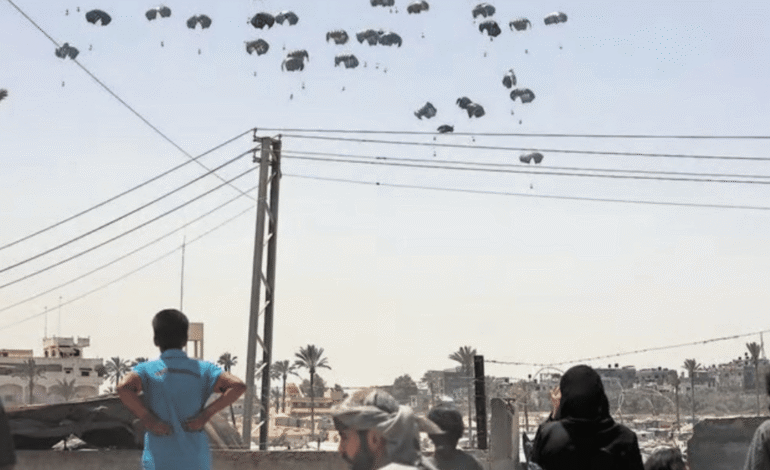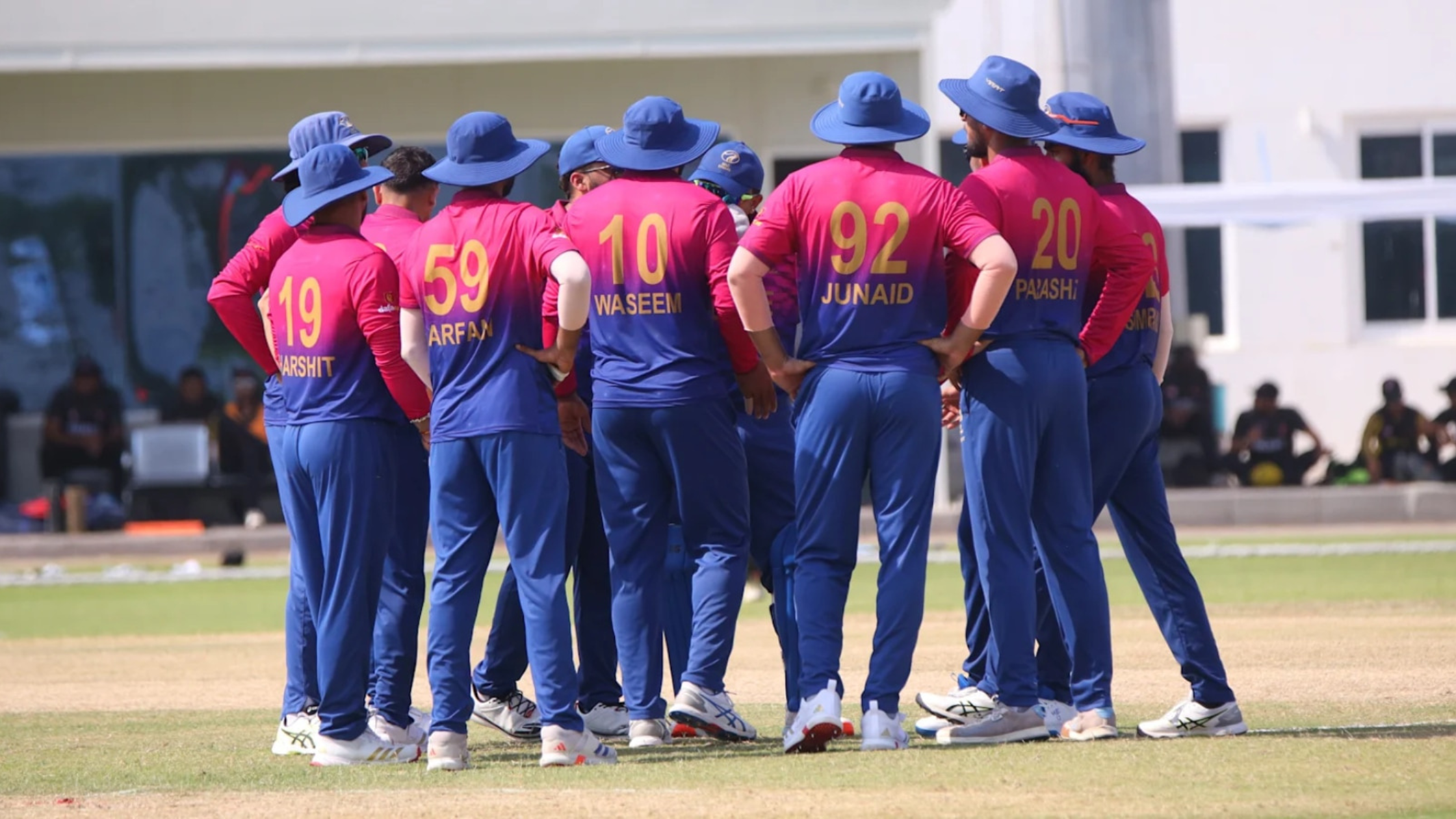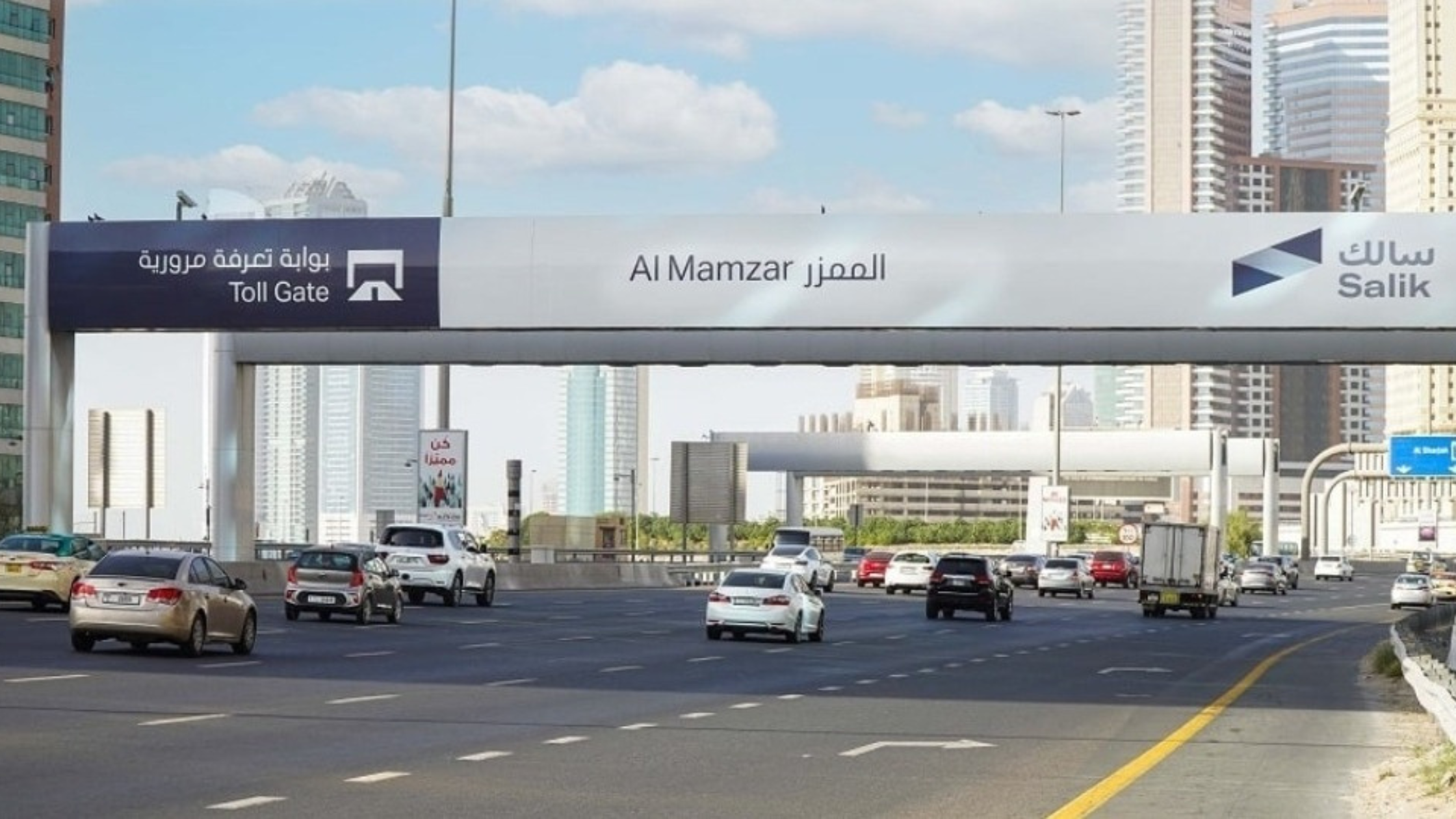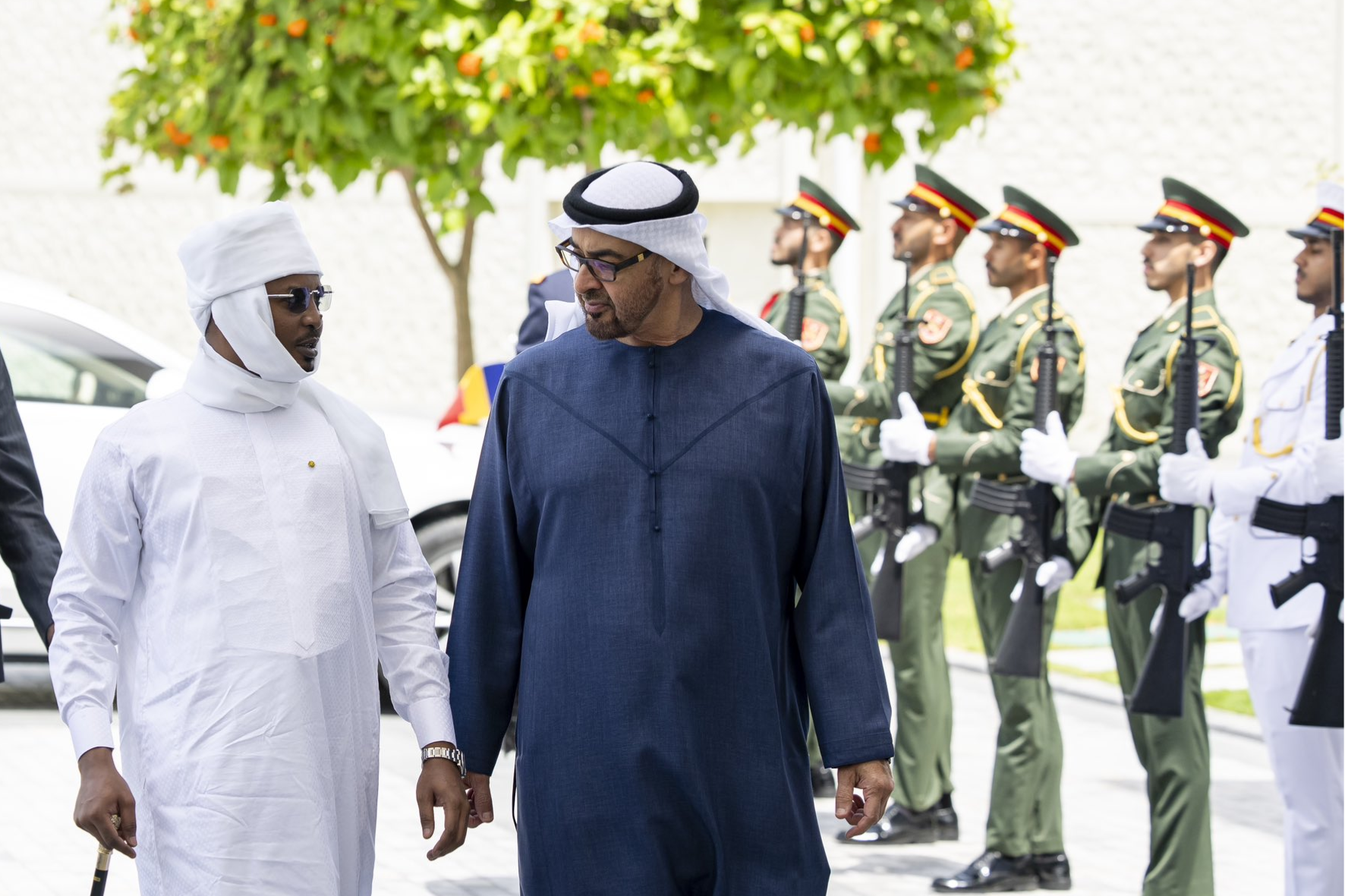Gaza Humanitarian Aid Airdrop Unites Israel UAE and Europe Together

On Friday, August 1, 2025, the Israel Defense Forces (IDF) announced that 126 food packages were airdropped into both northern and southern Gaza. The operation was coordinated with six countries United Arab Emirates, Jordan, Egypt, and for the first time with Spain, France, and Germany . This is the largest joint humanitarian aid airdrop yet and marks the first integrated operation involving three European nations alongside Middle Eastern partners .
The move comes amid heightened international scrutiny of Gaza’s humanitarian crisis, as global agencies warn that aid deliveries have been severely restricted and famine-like conditions are spreading . Just days earlier, on July 27, Jordan and UAE conducted a 25‑ton airdrop, underscoring mounting concern about food shortages in Gaza .
European Outreach Adds Diplomatic Weight
The participation of Spain, France, and Germany elevates the airdrop’s impact, turning it from a regional effort into a symbol of global humanitarian solidarity. These nations are key voices in EU foreign policy and human rights advocacy. Their involvement signals that Gaza’s crisis is not just a local issue, but a concern that demands international cooperation and visibility .
European officials have since called for expanded land corridors and more sustained access to Gaza, stating that parachute drops alone are insufficient to respond to the unfolding crisis .
Gaza’s Deepening Hunger Crisis
Despite a fragile ceasefire declared in November 2024, Gaza faces one of its worst-ever humanitarian emergencies. Essential services remain disrupted: electricity is down by 90%, hospitals struggle, sewage systems fail, and desalination plants are offline leading to disease outbreaks and widespread suffering .
Aid deliveries have slowed sharply. Between March and mid-May 2025, Israel reportedly blocked all deliveries. While some aid resumed later, volume remains critically low limited to around 34–39 tons per month, well below needed levels .
Humanitarian organizations warn Gaza may be entering a “worst‑case famine”, with thousands already dying of hunger and disease, particularly children under five. Reports cite over 5,000 children diagnosed with severe malnutrition, and dozens of deaths each week caused directly by starvation .
Israel Denies Accusations of Starvation Policy
While humanitarian experts and UN officials accuse Israel of engaging in a starvation campaign amounting to war crimes, Israel outright rejects these claims. IDF Chief of Staff Lt. Gen. Eyal Zamir called the allegations “deliberate, coordinated, and deceitful attempts” to tarnish Israel’s reputation and accuse the IDF of war crimes .
Zamir emphasized that Hamas, not Israel, is responsible for civilian suffering, and that the IDF operates under moral principles and international law. The aid drop is held up as an example of Israel’s humanitarian intent amid conflict .
Hostage Negotiations and Ongoing Military Strategy
In recent briefings, Lt. Gen. Zamir asserted that military operations will continue even if a partial hostage deal is agreed. He told commanders that if negotiations fail within coming days, the IDF will press forward without pause .
The dual focus humanitarian gestures alongside military objectives on both Gaza and Lebanon fronts demonstrates Israel’s broader security strategy amid political and diplomatic uncertainty.
Fighting Hezbollah in Northern Lebanon
Despite the Gaza ceasefire, Israel continues targeted strikes against Hezbollah, aimed at dismantling its long-range rocket capabilities. Israeli military sources claim Hezbollah’s arsenal has shrunk from 150,000 rockets and thousands of launchers to only a few thousand remaining .
The IDF has carried out over 500 strikes since the ceasefire on Hezbollah-linked targets. Officials argue these actions neutralize large-scale threats while attempting to limit broader escalation in the region .
Aid Delivery Limitations and Risks
Airdrops, while visible, come with serious drawbacks. Aid agencies consider them unsafe, inefficient, and insufficient. Distribution chaos, damaged supplies, injuries, and deaths near drop zones are common. The UN and humanitarian experts emphasize that land-based truck convoys remain the only sustainable solution for mass relief .
Two separate systems are operating: the UN-led aid network, and the U.S.‑ and Israeli‑backed Gaza Humanitarian Foundation (GHF). Both are overwhelmed and plagued by logistical barriers, trucking delays, insurgent threats, and accusations of lack of transparency
At least 1,373 people are reported killed trying to reach aid since late May, according to the UN. Aid sites managed by GHF have come under intense criticism for being unsafe “death traps” where crowds are fired on or crushed by chaos or violence .
International and Regional Pressure Mounts
Global leaders from UK’s Keir Starmer to the European Commission are urging Israel to expand humanitarian access, open crossings, and lift the blockade on Gaza. Some European countries have even threatened diplomatic consequences, including suspension of research partnerships with Israel .
Meanwhile, the U.S. special envoy Steve Witkoff and Ambassador Mike Huckabee visited Gaza aid sites to review conditions and create plans for scaled humanitarian assistance. Their mission follows growing concern about the deadly toll near aid distribution centers and GHF-operated sites .
Regional Dynamics: UAE and Jordan’s Role
The role of United Arab Emirates and Jordan has gained prominence. Their July 27 airdrop of 25 tons of food marked a shift to more active regional engagement in Gaza relief. By partnering in the August mission with European allies, they underscore a commitment to humanitarian aid while navigating diplomacy with Israel .
For hammermindset.com readers in the UAE and wider Middle East, these actions highlight how regional states are taking on more visible roles in mediation and relief coordination.
Symbolic Impact Versus Tangible Relief
The airdrops carry strong symbolic power. Images of food parachuting into Gaza invoke urgency, global concern, and solidarity. But critics say these acts may serve more as political optics than meaningful intervention, especially without secure land routes, international oversight, and sustained logistical support .
Airdrops alone cannot resolve systemic issues: lack of fuel, destroyed infrastructure, blocked crossings, and militarized zones continue to hinder aid. Relief experts consistently call for unimpeded humanitarian access, full corridor openings, and a durable ceasefire as prerequisites for any breakthrough .
What Lies Ahead: Policy and Humanitarian Shifts
Key questions remain: Will this airdrop herald greater cooperation and humanitarian access or just temporary visual appeasement? The effectiveness of future efforts hinges on policy changes, including opening crossings like Rafah or Kerem Shalom, working with UN agencies, and enabling safe NGO movement.
Projected timelines suggest that famine conditions may worsen by September 2025 unless large-scale aid flows dramatically increase. Global pressure through diplomacy, recognition of Palestinian statehood, and international aid coordination may influence whether relief becomes sustainable .








1 Comment
[…] While the digital system is improving coordination, the UAE is also working hard on the ground and in the skies. On August 26, the UAE completed its 81st airdrop of aid into Gaza. […]
Comments are closed.